No planet B: how smart cities and AI can save our planet!
Our planet is changing due to climate change and we show how AI and smart cities can help it become sustainable.
No planet B: how smart cities and AI can save our planet!
Our planet is changing due to climate change and we show how AI and smart cities can help it become sustainable.
The planet is changing due to climate change. We can save it only by reviewing the management of cities. In this scenario, we show how smart cities and AI services can be a good solution. Cities innovate by becoming green and sustainable.
Our planet: where do we stand?
Climate change is changing the world. It is evident to everyone. Every day we witness numerous fires, droughts and adverse weather situations.
A major cause of these alarming events is precisely gas emissions. Do you know that the city is the main responsible?
Cities, indeed, produce 70 percent of the world’s greenhouse gas (GHG) emissions. [1] Moreover, the number of inhabitants, which is projected to increase to 9.7 billion in 2050, has also an impact on urban spaces.
To make matters worse, in 2022 another problem involves cities. Due to the energy crisis, many cities around the world are being forced to review the management of public lighting. In urban places, in fact, lighting is reduced or turned off during night hours.
The goal is to reduce electricity and gas consumption not only at the public level but also at the individual one. In Italy, precisely, suggestions for reducing this consumption at home have been disseminated.
Therefore, it is becoming more and more a priority to protect the world. This is not only for the future of people, but also for our present. Year by year, the situation is getting worse. We are proving it to you.
Have you ever heard about Earth Overshoot Day?
As stated in the official explanation, it is nothing but “the date when humanity has used all the biological resources that Earth regenerates during the entire year.” [2]
Do you know when the 2022 resources have run out?
July 28th is the date of Earth Overshoot Day 2022 and the situation has only gotten worse.
Just think, in fact, that in 2021 the date was July 30th. Instead, in 2020 Earth Overshoot Day was August 22nd. We could list all the dates for this day in previous years, but it seems clear the trend is standing out.
So for years we have been exploiting the natural resources of the coming years. If the situation continues in this way or even gets worse, what will happen to us? Are we going to live on another planet?
Certainly the various major space agencies are doing a lot of research and discovery on the Solar System. They intend, in truth, to allow people to travel to Mars and even claim that one day we will be able to live there.
That would be fascinating and wonderful, but right now we have to think about the present. So excluding, currently, this option we have only one solution. We absolutely must preserve our planet.
We have to do it now, because “There is no planet b, no planet bla bla bla”.

|
Greta Thunberg during Youth4Climate |
There is no need to introduce it. These were the words stated by Greta Thunberg during the Youth4Climate event in Milan in 2021.
With these famous words the young activist criticized the inaction on the part of countries to implement measures to protect the environment.
Surely people and companies can do something in their own small way. However, it is up to public institutions and government to take the reins and lift the destiny of our planet.
Up to now governments have put in place plans to reduce emissions and to become sustainable, but they are not enough. So we need to review cities from a different perspective.
According to the study completed by Pwc for Microsoft, Artificial Intelligence can reduce worldwide global greenhouse gas emissions by up to 4% in 2030. In detail, it is an amount equivalent to 2.4 gigatonnes of CO2. It is nothing but the 2030 annual emissions of Australia, Canada and Japan.
The report states that applications of A.I. in the agriculture, energy and transport sectors could reduce environmental impacts by optimizing energy use. [3]
Thus, the valid solution is the smart city. At the core of the smart city, there is the combination of traditional services and IoT technologies. As a result, it is possible to improve resource use and to increase people’s well-being.
In Europe, America, Africa, Asia everywhere smart cities are being created not only to make cities more innovative but especially sustainable. Nations choose the smart city to become green.
Smart city and Artificial Intelligence: how they are useful
How can the smart city help cities?
Using Artificial Intelligence and smart sensors it is possible to analyze what is happening in the city, from transport analysis to crowd monitoring. A key role, therefore, is acquired by data, which are useful for learning and then making important decisions.
One example may involve mobility analysis. Let’s find out more.
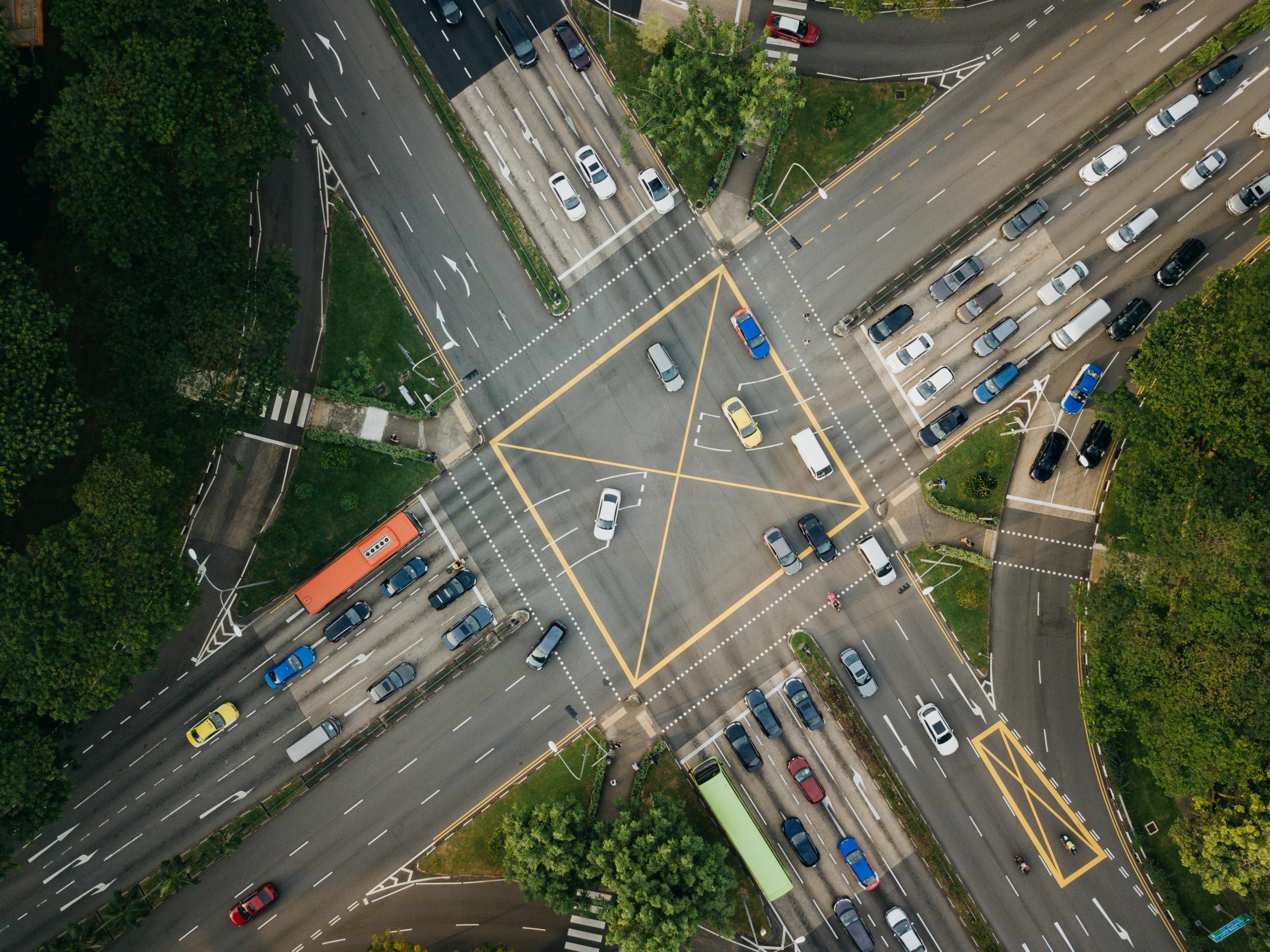
Sensors in the city can collect a lot of information about traffic conditions, such as vehicle speed, classification and counting. How can they be useful?
All of this data is crucial in obtaining accurate traffic and travel time predictions. It can also help improve traffic management and the costs associated with transport. Research shows that the application of Artificial Intelligence in transport and mobility can help eliminate congestion. In particular, it can avoid costs of Euro 100 billion per year. [4]
In addition, knowing the distribution of vehicles at road intersections is strategic for optimizing the management of traffic light cycles. According to recent research, AI-controlled traffic lights are able to reduce traffic flow by 10-15%. This smart solution can also reduce waiting time at the junction and decrease noise and CO2 pollution caused by vehicle queues. [5]
It seems clear that the benefits are for public administrations, citizens and even the environment.
Another innovative aspect of sensors equipped with AI algorithms concerns the ability to instantly detect changes or events.
By looking at the image below, you will quickly understand.
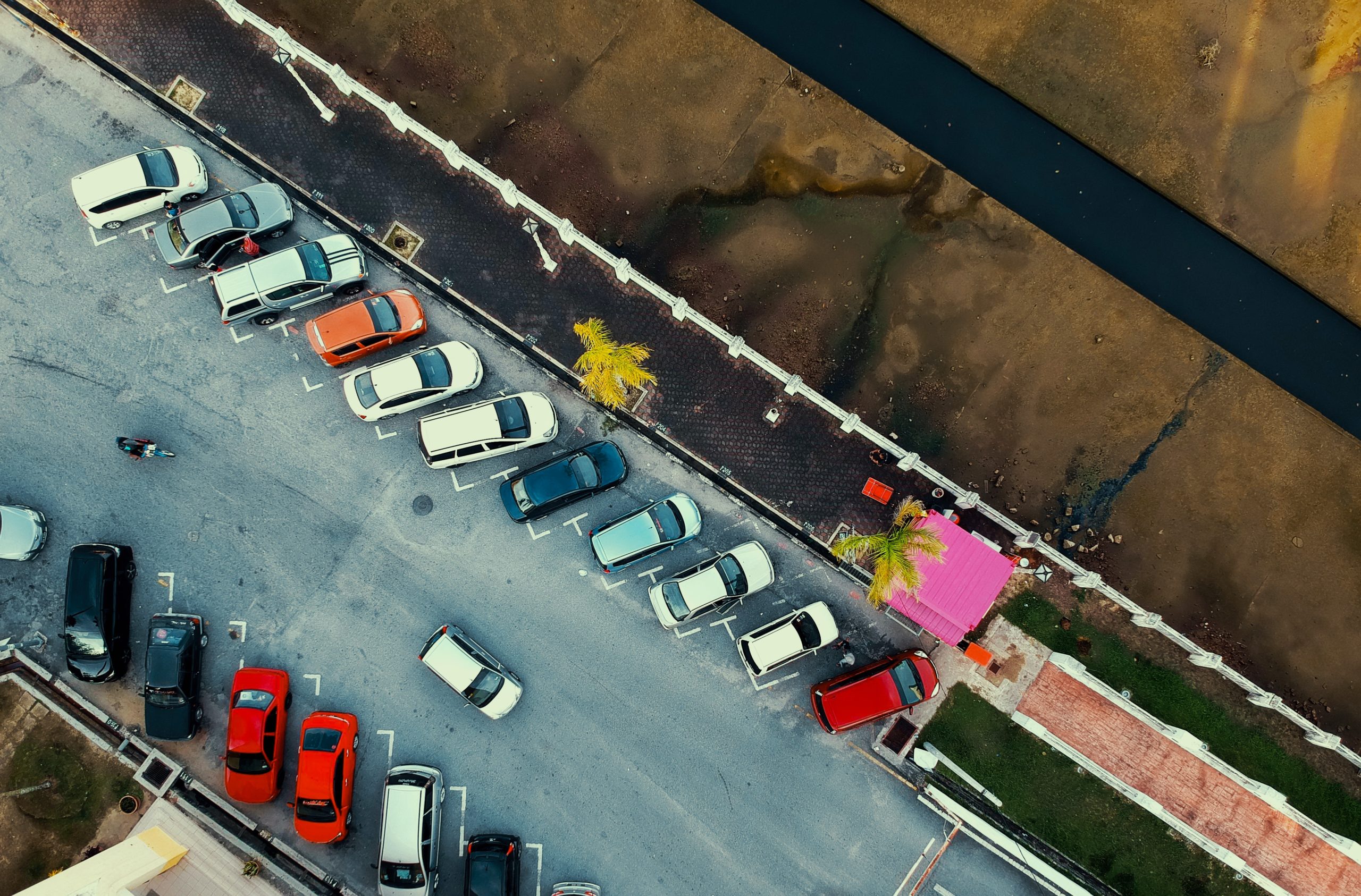
In Italy, a driver can lose up to 45 minutes searching for a free parking space. Searching for a parking space causes a substantial increase in air pollution.
In this case, sensors are able to identify and to detect whether a parking space is occupied or available. This data is sent to the intelligent system, which provides the information to drivers. In this way, they can save time and reduce emissions.
Another smart city application that is highly sustainable involves street lighting optimization. By monitoring road conditions in real time, video sensors can identify and adjust the optimal lighting level. As a result, road safety can be increased and street lighting energy can be saved. For example, through our service, we can save more than 60% energy.
These are starting points for making cities sustainable. There are many and varied applications of the smart city.
Cities as Problems, Smart Cities as Solutions
We often waste time looking elsewhere for solutions to solve problems, when we just need to start from the problem itself. We need to start from the city to improve it.
The development of smart cities can fight climate change through the use of Artificial intelligence.
The data shows that. As we have already seen, smart cities solutions can help reduce vehicle gas emissions by improving mobility. At the same time, they prove crucial to reduce energy use.
By adopting the latest technologies, policy makers can promote new services that will improve citizens’ experiences. They can also develop smart cities and contribute to the battle against global warming.
Will international institutions seize this great opportunity to save the planet?
References:
-
- United Nations Development Programme. Online version: https://www.undp.org/publications/catalyzing-private-sector-investment-climate-smart-cities
- Overshootday. Online version: https://www.overshootday.org/
- Pwc. Online version: https://www.pwc.co.uk/sustainability-climate-change/assets/pdf/how-ai-can-enable-a-sustainable-future.pdf
- Journal Général d’Europe. Online version: https://www.journalgeneraldeleurope.org/en/2022/03/01/une-europe-pour-le-deploiement-de-lia-dans-les-transports-et-la-mobilite/
- Fraunhofer Society. Online version: https://www.fraunhofer.de/en/press/research-news/2022/february-2022/traffic-lights-controlled-using-artificial-intelligence.html
© Copyright 2012 – 2023 | All Rights Reserved
Author: Rossana Cascione, Junior Digital Marketing Specialist
The planet is changing due to climate change. We can save it only by reviewing the management of cities. In this scenario, we show how smart cities and AI services can be a good solution. Cities innovate by becoming green and sustainable.
Our planet: where do we stand?
Climate change is changing the world. It is evident to everyone. Every day we witness numerous fires, droughts and adverse weather situations.
A major cause of these alarming events is precisely gas emissions. Do you know that the city is the main responsible?
Cities, indeed, produce 70 percent of the world’s greenhouse gas (GHG) emissions. [1] Moreover, the number of inhabitants, which is projected to increase to 9.7 billion in 2050, has also an impact on urban spaces.
To make matters worse, in 2022 another problem involves cities. Due to the energy crisis, many cities around the world are being forced to review the management of public lighting. In urban places, in fact, lighting is reduced or turned off during night hours.
The goal is to reduce electricity and gas consumption not only at the public level but also at the individual one. In Italy, precisely, suggestions for reducing this consumption at home have been disseminated.
Therefore, it is becoming more and more a priority to protect the world. This is not only for the future of people, but also for our present. Year by year, the situation is getting worse. We are proving it to you.
Have you ever heard about Earth Overshoot Day?
As stated in the official explanation, it is nothing but “the date when humanity has used all the biological resources that Earth regenerates during the entire year.” [2]
Do you know when the 2022 resources have run out?
July 28th is the date of Earth Overshoot Day 2022 and the situation has only gotten worse.
Just think, in fact, that in 2021 the date was July 30th. Instead, in 2020 Earth Overshoot Day was August 22nd. We could list all the dates for this day in previous years, but it seems clear the trend is standing out.
So for years we have been exploiting the natural resources of the coming years. If the situation continues in this way or even gets worse, what will happen to us? Are we going to live on another planet?
Certainly the various major space agencies are doing a lot of research and discovery on the Solar System. They intend, in truth, to allow people to travel to Mars and even claim that one day we will be able to live there.
That would be fascinating and wonderful, but right now we have to think about the present. So excluding, currently, this option we have only one solution. We absolutely must preserve our planet.
We have to do it now, because “There is no planet b, no planet bla bla bla”.

|
Greta Thunberg during Youth4Climate |
There is no need to introduce it. These were the words stated by Greta Thunberg during the Youth4Climate event in Milan in 2021.
With these famous words the young activist criticized the inaction on the part of countries to implement measures to protect the environment.
Surely people and companies can do something in their own small way. However, it is up to public institutions and government to take the reins and lift the destiny of our planet.
Up to now governments have put in place plans to reduce emissions and to become sustainable, but they are not enough. So we need to review cities from a different perspective.
According to the study completed by Pwc for Microsoft, Artificial Intelligence can reduce worldwide global greenhouse gas emissions by up to 4% in 2030. In detail, it is an amount equivalent to 2.4 gigatonnes of CO2. It is nothing but the 2030 annual emissions of Australia, Canada and Japan.
The report states that applications of A.I. in the agriculture, energy and transport sectors could reduce environmental impacts by optimizing energy use. [3]
Thus, the valid solution is the smart city. At the core of the smart city, there is the combination of traditional services and IoT technologies. As a result, it is possible to improve resource use and to increase people’s well-being.
In Europe, America, Africa, Asia everywhere smart cities are being created not only to make cities more innovative but especially sustainable. Nations choose the smart city to become green.
Smart city and Artificial Intelligence: how they are useful
How can the smart city help cities?
Using Artificial Intelligence and smart sensors it is possible to analyze what is happening in the city, from transport analysis to crowd monitoring. A key role, therefore, is acquired by data, which are useful for learning and then making important decisions.
One example may involve mobility analysis. Let’s find out more.

Sensors in the city can collect a lot of information about traffic conditions, such as vehicle speed, classification and counting. How can they be useful?
All of this data is crucial in obtaining accurate traffic and travel time predictions. It can also help improve traffic management and the costs associated with transport. Research shows that the application of Artificial Intelligence in transport and mobility can help eliminate congestion. In particular, it can avoid costs of Euro 100 billion per year. [4]
In addition, knowing the distribution of vehicles at road intersections is strategic for optimizing the management of traffic light cycles. According to recent research, AI-controlled traffic lights are able to reduce traffic flow by 10-15%. This smart solution can also reduce waiting time at the junction and decrease noise and CO2 pollution caused by vehicle queues. [5]
It seems clear that the benefits are for public administrations, citizens and even the environment.
Another innovative aspect of sensors equipped with AI algorithms concerns the ability to instantly detect changes or events.
By looking at the image below, you will quickly understand.

In Italy, a driver can lose up to 45 minutes searching for a free parking space. Searching for a parking space causes a substantial increase in air pollution.
In this case, sensors are able to identify and to detect whether a parking space is occupied or available. This data is sent to the intelligent system, which provides the information to drivers. In this way, they can save time and reduce emissions.
Another smart city application that is highly sustainable involves street lighting optimization. By monitoring road conditions in real time, video sensors can identify and adjust the optimal lighting level. As a result, road safety can be increased and street lighting energy can be saved. For example, through our service, we can save more than 60% energy.
These are starting points for making cities sustainable. There are many and varied applications of the smart city.
Cities as Problems, Smart Cities as Solutions
We often waste time looking elsewhere for solutions to solve problems, when we just need to start from the problem itself. We need to start from the city to improve it.
The development of smart cities can fight climate change through the use of Artificial intelligence.
The data shows that. As we have already seen, smart cities solutions can help reduce vehicle gas emissions by improving mobility. At the same time, they prove crucial to reduce energy use.
By adopting the latest technologies, policy makers can promote new services that will improve citizens’ experiences. They can also develop smart cities and contribute to the battle against global warming.
Will international institutions seize this great opportunity to save the planet?
References:
-
- United Nations Development Programme. Online version: https://www.undp.org/publications/catalyzing-private-sector-investment-climate-smart-cities
- Overshootday. Online version: https://www.overshootday.org/
- Pwc. Online version: https://www.pwc.co.uk/sustainability-climate-change/assets/pdf/how-ai-can-enable-a-sustainable-future.pdf
- Journal Général d’Europe. Online version: https://www.journalgeneraldeleurope.org/en/2022/03/01/une-europe-pour-le-deploiement-de-lia-dans-les-transports-et-la-mobilite/
- Fraunhofer Society. Online version: https://www.fraunhofer.de/en/press/research-news/2022/february-2022/traffic-lights-controlled-using-artificial-intelligence.html
© Copyright 2012 – 2023 | All Rights Reserved
Author: Rossana Cascione, Junior Digital Marketing Specialist

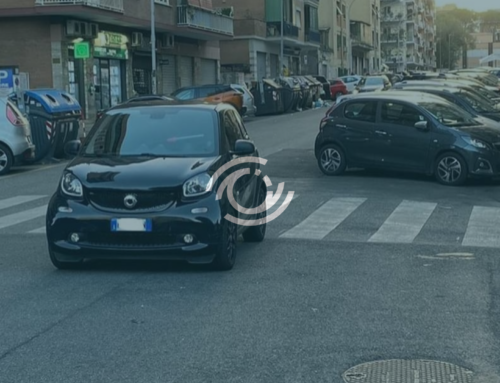

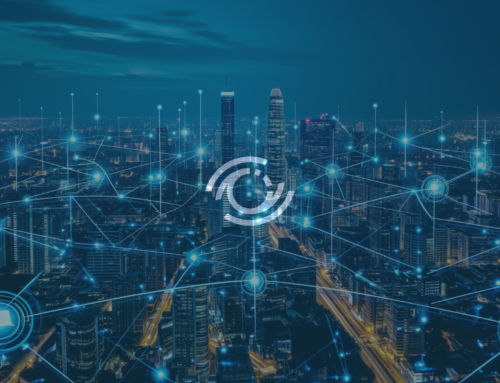
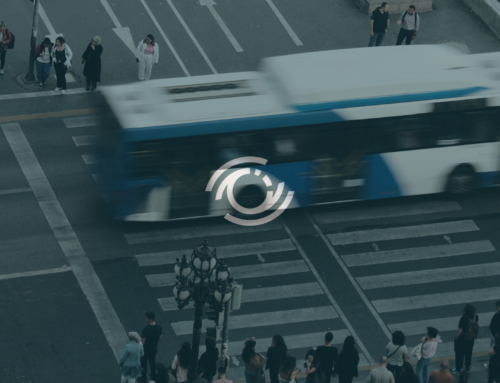
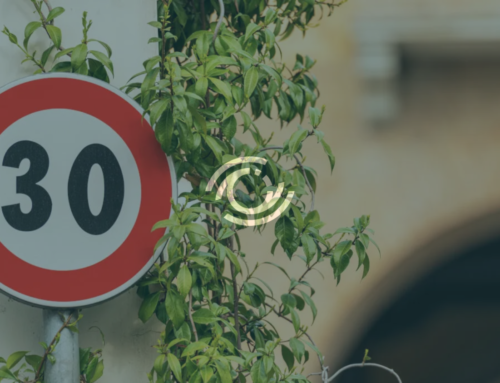
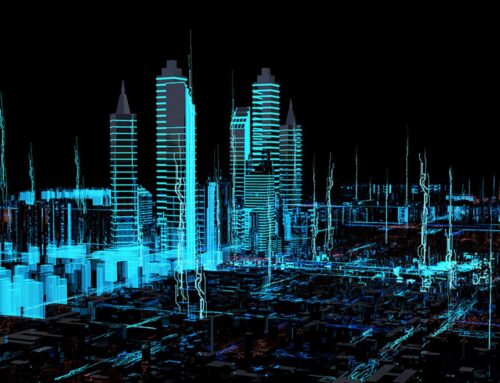
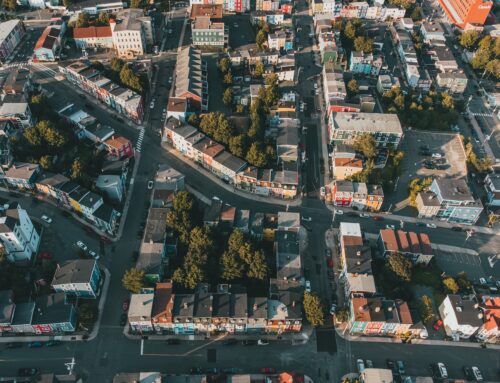


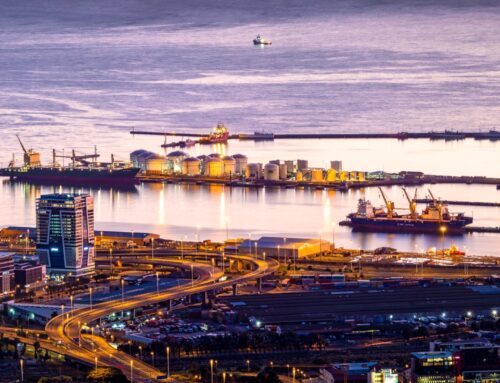
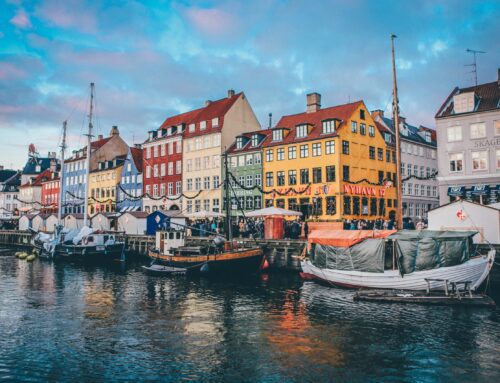
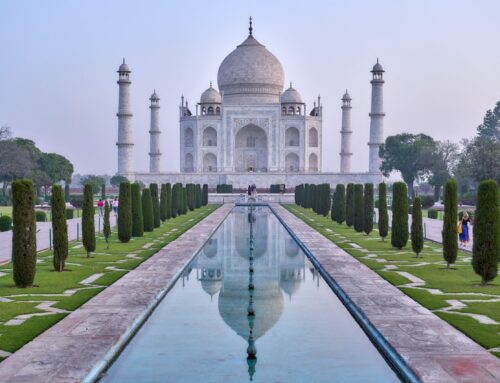
Leave A Comment